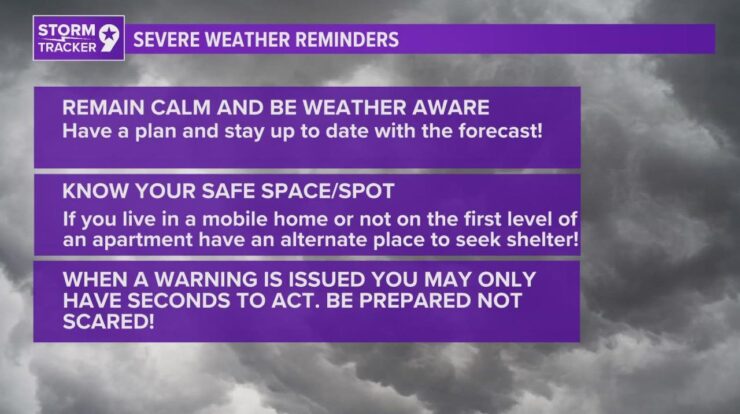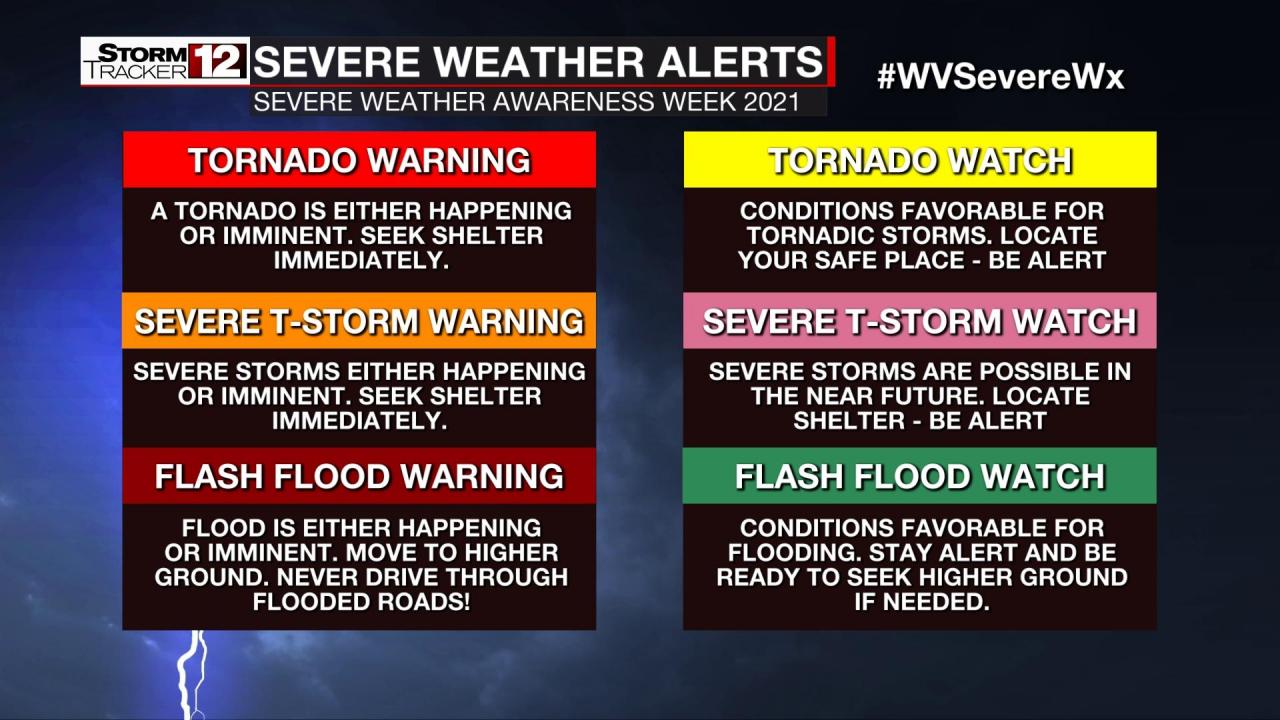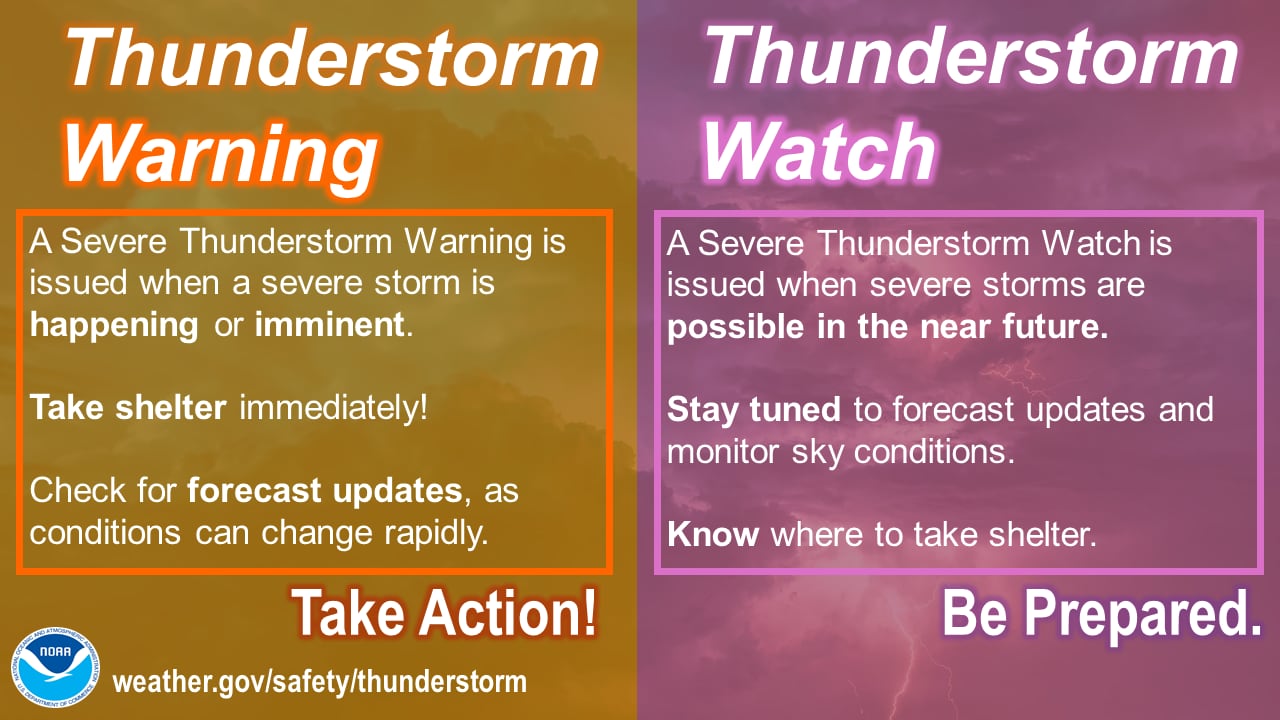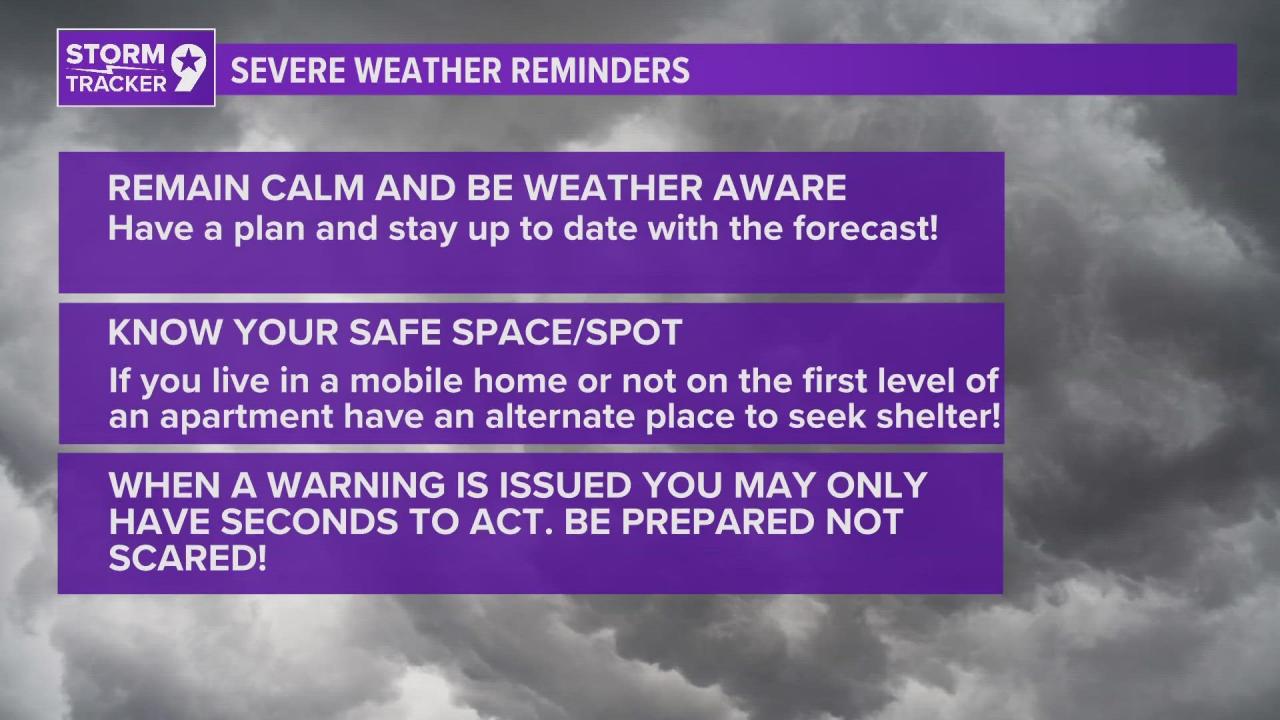
Difference between watch and warning – Navigating the world of weather alerts can be daunting, but understanding the difference between a watch and a warning is crucial for public safety. These terms may sound similar, but they carry distinct meanings and implications, guiding individuals’ actions during potentially hazardous weather events.
When severe weather looms, authorities issue watches and warnings to alert the public. Watches indicate the potential for a hazardous event to develop, while warnings signal that the event is imminent or already occurring. Recognizing these differences empowers individuals to take appropriate precautions and stay safe.
Difference Between Watch and Warning

Watches and warnings are two important terms used in weather forecasting to alert people about potential hazards. While both terms indicate a threat, they differ in their severity and the actions that should be taken in response.
Definitions
A watchis issued when conditions are favorable for a hazardous weather event to occur. It does not mean that the event is imminent, but rather that people should be prepared and monitor the situation closely.
Planning to host a Lakers watch party? Check out our guide on lakers game watch to make sure your event is a success. And if you’re wondering whether a “watch” or “warning” is worse, we’ve got the answers for you in our article on is a watch or warning worse . Plus, we have tips on how to watch together with friends and family, making it a truly memorable experience.
A warning, on the other hand, is issued when a hazardous weather event is either occurring or is expected to occur imminently. It indicates a more immediate threat and requires immediate action.
Issuing Authorities
Watches and warnings are typically issued by government agencies responsible for weather forecasting, such as the National Weather Service (NWS) in the United States or the Met Office in the United Kingdom.
These agencies monitor weather conditions and issue watches and warnings based on their assessment of the potential for hazardous weather events.
Levels of Severity, Difference between watch and warning
Watches and warnings are issued at different levels of severity to indicate the level of threat.
- Watchesare typically issued at a lower level of severity than warnings, indicating a potential for hazardous weather but not an immediate threat.
- Warningsare issued at a higher level of severity, indicating an imminent or ongoing hazardous weather event.
Target Audiences
Watches and warnings are issued for different target audiences.
- Watchesare issued for the general public, alerting them to the potential for hazardous weather and advising them to monitor the situation.
- Warningsare issued for people who are in the immediate path of a hazardous weather event and need to take immediate action to protect themselves.
Communication Channels
Watches and warnings are disseminated through a variety of channels, including:
- Weather forecastson television, radio, and online
- Mobile phone alerts
- Social media
- NOAA Weather Radio
The effectiveness of each channel varies depending on the situation and the availability of technology.
Historical Examples
There have been many significant watches and warnings issued throughout history, including:
- The Great Galveston Hurricane of 1900: A hurricane warning was issued for Galveston, Texas, but was not widely disseminated, resulting in a devastating loss of life.
- Hurricane Katrina in 2005: A hurricane warning was issued for the Gulf Coast, but many people did not evacuate, leading to widespread damage and loss of life.
Best Practices
There are a number of best practices for issuing and responding to watches and warnings:
- Clear communication: Watches and warnings should be clear and concise, providing specific information about the threat and the actions that should be taken.
- Coordination: Issuing agencies should coordinate with each other and with emergency responders to ensure that watches and warnings are issued in a timely and effective manner.
- Public education: The public should be educated about the difference between watches and warnings and the actions that should be taken in response to each type of alert.
Technological Advancements
Technological advancements have significantly influenced the issuance and dissemination of watches and warnings.
- Weather forecasting modelshave become more sophisticated, allowing for more accurate predictions of hazardous weather events.
- Mobile phone technologyhas made it possible to send alerts directly to people’s phones, providing them with real-time information about watches and warnings.
Epilogue

Comprehending the distinction between watch and warning empowers individuals to make informed decisions during severe weather events. By understanding the levels of severity, target audiences, and communication channels associated with each alert, communities can enhance their preparedness and mitigate potential risks.
Clear communication, coordination, and public education remain essential pillars in ensuring effective response to weather-related hazards.
Top FAQs
What is the primary difference between a watch and a warning?
A watch indicates the potential for a hazardous event to develop, while a warning signals that the event is imminent or already occurring.
Who typically issues watches and warnings?
Watches and warnings are typically issued by authorized weather agencies, such as the National Weather Service in the United States.
How are the levels of severity associated with watches and warnings determined?
The levels of severity are determined based on the likelihood and potential impact of the hazardous event.
Stay up-to-date with the latest Lakers news and analysis with the Lakers Watch . Whether you’re curious about the team’s upcoming schedule or want to delve into the intricacies of their latest game, this comprehensive resource has you covered. If you’re wondering whether a weather watch or warning is more severe, the answer lies in the level of risk involved.
A watch indicates a potential hazard, while a warning signals an imminent threat. So, tune into the Lakers Game Watch with friends and family to cheer on your favorite team together. As we navigate the complexities of weather alerts, remember that understanding the difference between is a watch or warning worse is crucial for staying safe and informed.







